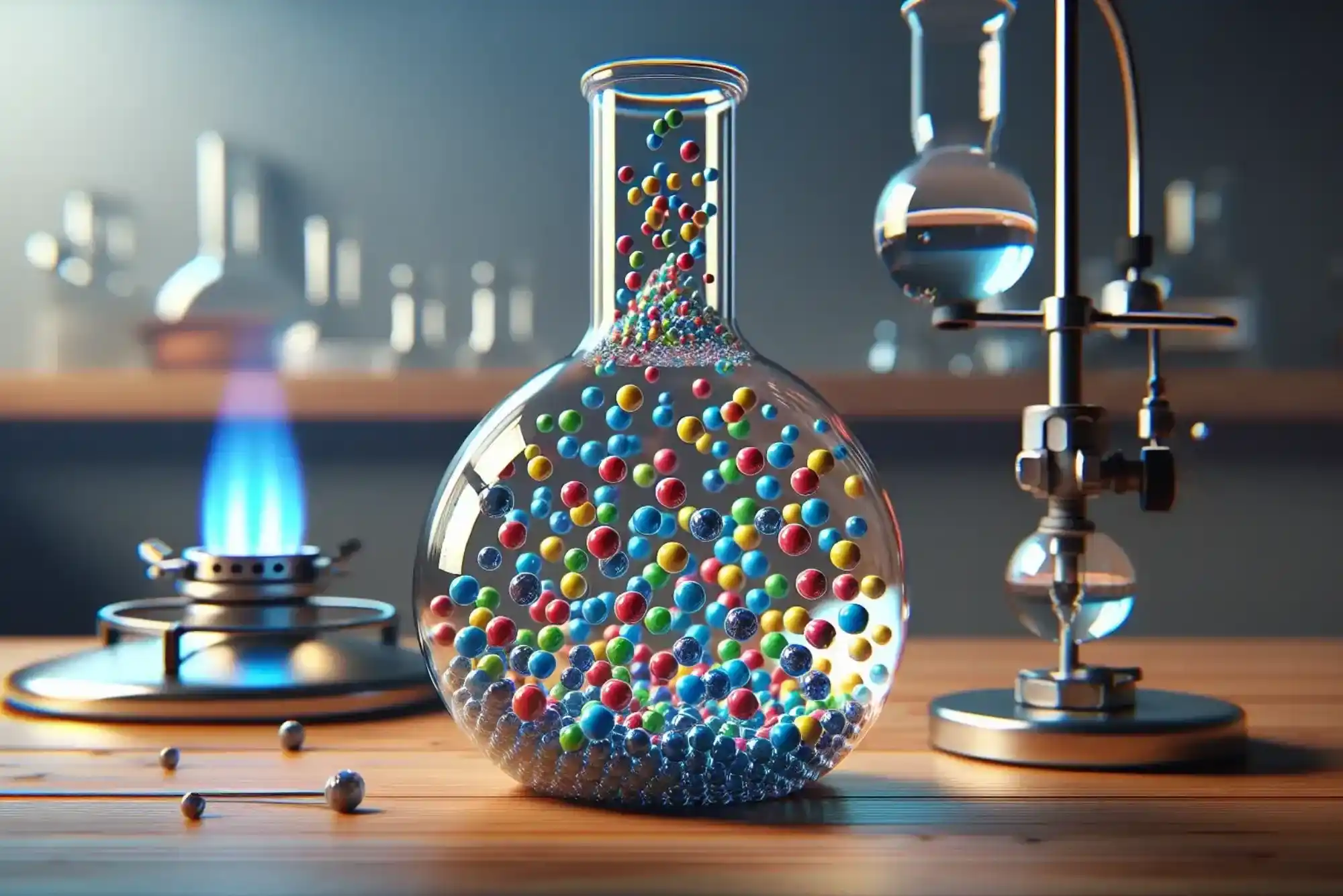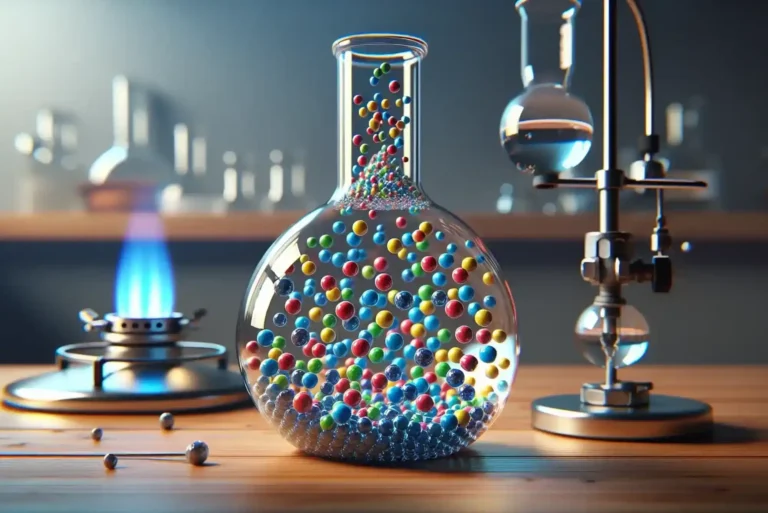Whether you’re a chemistry student in Lahore, a process engineer in Karachi’s industrial zone, or part of Pakistan’s growing tech education initiatives in Islamabad, mastering Ideal Gas Law accuracy is essential. It’s more than just a formula — PV = nRT — it’s a science and a skill.
Let’s explore professional tips, regional insights, real-world applications, and how smart calculators and technology can help you achieve precise results with confidence.
Understanding Ideal Gas Law Basics
Quick Answer: Ideal Gas Law links pressure, volume, temperature, and moles to predict gas behavior.
Ideal Gas Law is expressed as PV = nRT, where R is the gas constant. It works best under conditions of moderate temperature and low pressure. Pakistani students often use this law in chemistry and engineering exams, especially for MDCAT, ECAT, and university entrance programs. Real accuracy depends on understanding variables and avoiding common calculation errors.
Why Accuracy Matters in Real-World Applications
Quick Answer: Accurate Ideal Gas Law use helps in energy, health, industrial, and research projects.
Accurate gas measurements support industries like fertilizer plants in Multan, pharmaceutical labs in Lahore, and petroleum research in Islamabad. Engineers use this law to optimize energy systems, reduce material costs, and improve safety. Inaccurate results can lead to wrong chemical proportions, faulty pressure readings, and even dangerous lab conditions.
Smart Use of Temperature and Pressure Units
Quick Answer: Use Kelvin and correct pressure units to avoid calculation mistakes.
Most Ideal Gas Law errors come from wrong units.
Use:
-
Temperature in Kelvin (K), not Celsius
-
Pressure in atm, Pa, or mmHg
-
Volume in Liters
Pro Tip: Convert all units before applying the formula. For example:
-
27°C = 300K
-
760 mmHg = 1 atm
Best Practices to Minimize Experimental Errors
Quick Answer: Use precision tools, controlled environments, and accurate calculators.
To improve Ideal Gas Law accuracy, follow these methods:
-
Use calibrated pressure sensors and thermometers
-
Avoid moisture and impurities in gas samples
-
Keep stable room temperature
-
Record measurements twice for verification
In cities like Faisalabad and Rawalpindi, university labs now follow international calibration standards to improve calculation accuracy.
Use of Digital Tools for Better Accuracy
Quick Answer: Digital gas law tools improve speed, accuracy, and error reduction.
Instead of manual math, students and professionals now rely on digital tools for calculation accuracy. A trusted option is an ideal gas law calculator, which helps solve PV = nRT instantly, reducing human errors. You can use it to determine unknown values with high precision and confidence.
➡️ Try the ideal gas law calculator for instant results: https://needscalculator.com/chemistry-gas-law
Real-World Example: Ideal Gas Law in Pakistani Education
Quick Answer: Pakistani universities now teach Ideal Gas Law with modern tools and labs.
Universities like NUST, GIKI, and Punjab University use digital simulations to teach Ideal Gas Law. During chemistry labs, students conduct experiments with digital pressure sensors and temperature probes to measure real gas behavior. Government-backed youth education programs like Prime Minister’s National Innovation Program (PMNIP) also encourage engineering students to use smart calculators and AI-assisted simulation tools.
Midpoint Smart Solution: Using Technology to Boost Accuracy
Quick Answer: Tech-driven tools save time and improve Ideal Gas Law precision.
For professional, academic, or industrial use, smart calculators and AI-powered tools simplify complex chemistry concepts. They help ensure accurate results without heavy math or manual conversions.
For fast, efficient, and trustworthy results, you can get quick and reliable calculations using this platform:
https://needscalculator.com/
Also, platforms like innovative technology company in Pakistan support local youth in science, technology, and engineering skill development:
https://dhanoteitpark.pk/
Expert Advice from Industry Professionals
Quick Answer: Experts recommend using hybrid methods of theory and technology.
“Understanding the Ideal Gas Law conceptually is crucial, but using modern calculators and simulations significantly boosts accuracy — especially for industrial applications.”
— Dr. Tayyaba Malik, Chemistry Professor, Karachi Institute of Industrial Technology
Experts recommend double-checking computations, especially for large-scale or engineering-level applications.
Top Factors Affecting Gas Law Precision
Quick Answer: Real gases, temperature, and pressure deviations affect accuracy.
Factors you must monitor:
-
Extremely high or low temperatures
-
Very high pressure (real gas behavior)
-
Humidity and gas impurities
-
Intermolecular interactions
Example: At CNG stations in Pakistan, high-pressure conditions require modified gas laws such as Van der Waals Equation.
Ideal Gas Law for Research, Energy, and Industrial Use
Quick Answer: Used widely in fuel, agriculture, research, and health technologies.
Applications include:
-
Gas purification in pharmaceutical labs
-
Fertilizer manufacturing (ammonia synthesis)
-
CNG and LNG pressure systems
-
Air quality measurements in Karachi and Lahore
Pakistani renewable energy startups use gas laws to optimize greenhouse gas monitoring and energy storage solutions.
(FAQs)
Q1. Can Ideal Gas Law be used for real gases?
Not always. For high pressure or low temperature, use Van der Waals or modified gas laws.
Q2. Why is Kelvin used in Ideal Gas Law?
Kelvin starts at absolute zero, making it suitable for temperature-based calculations.
Q3. Is Ideal Gas Law used in Pakistan’s industries?
Yes, especially in petroleum, fertilizer, pharmaceutical, and energy sectors.
Q4. Which calculator is best for Ideal Gas Law?
Use a reliable digital Ideal Gas Law calculator to get accurate and verified results.
Q5. How is Ideal Gas Law useful for students?
It helps in chemistry, physics, engineering entrance exams, and real lab experiments.
Q6. Can digital tools improve accuracy of calculations?
Yes, digital tools minimize math errors and provide standardized results quickly.
Q7. What are main sources of error in calculations?
Incorrect units, temperature/pressure fluctuations, and gas impurities.
Final Thought
As someone who has worked with chemistry students and industrial trainees in Pakistan, I’ve seen firsthand how Ideal Gas Law accuracy improves dramatically with real understanding and smart tools. Whether you’re studying in Islamabad, conducting research in Lahore, or working in Karachi’s industrial areas, combining conceptual grasp with digital solutions gives the best results. Smart technology is shaping the future of science education — let’s use it wisely.






